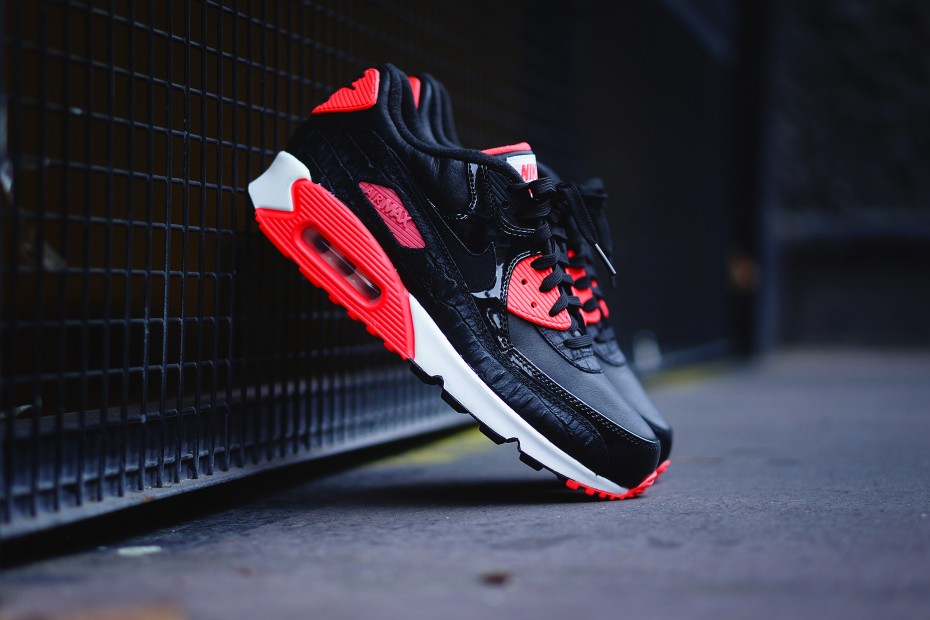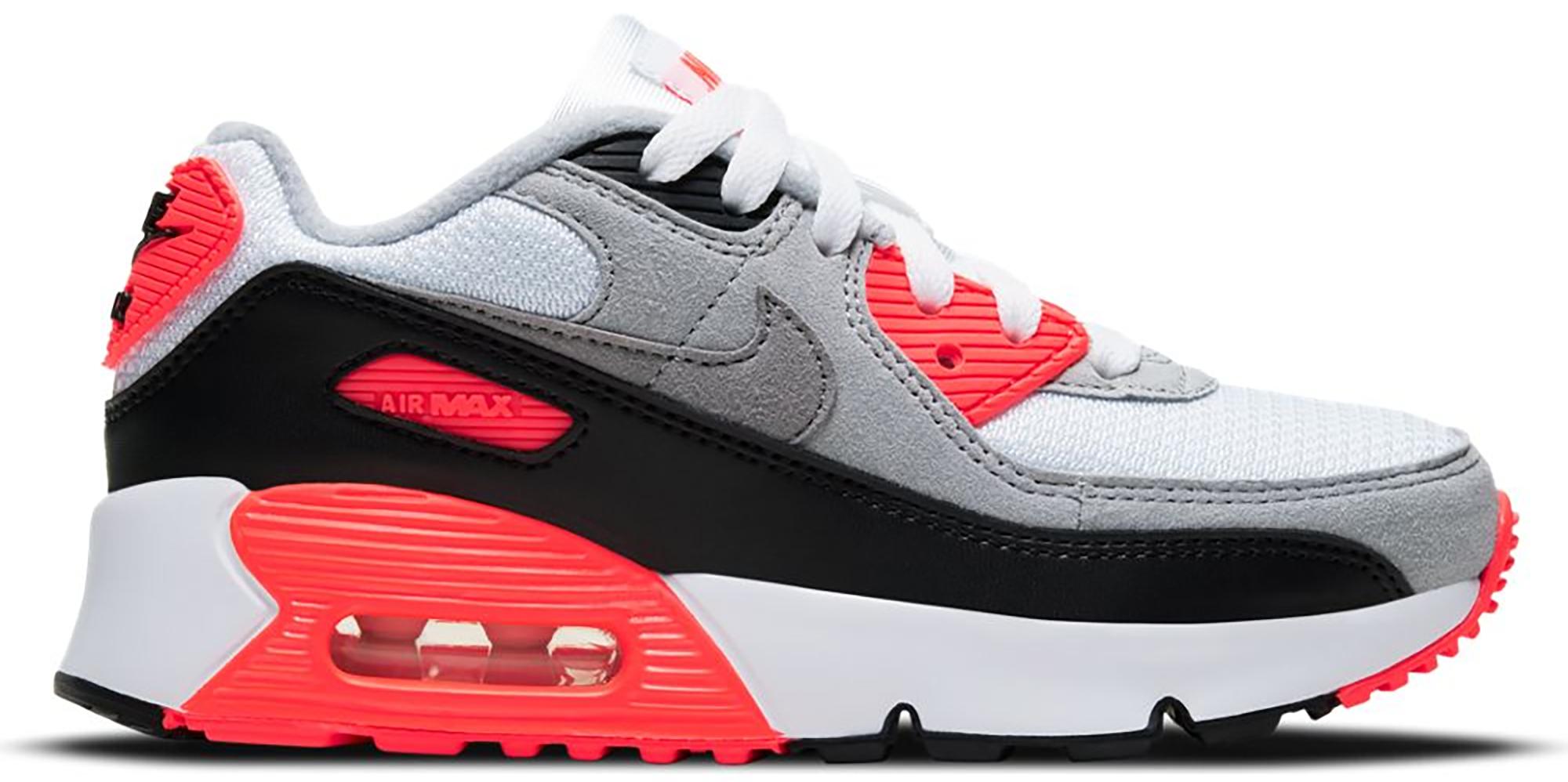

In January 1996, Colonel General Aleksandr Galkin, chief of the Main Armor Directorate of the Russian Ministry of Defense, said the Russian Armed Forces would phase out T-80 production in favor of the T-90 (Galkin reversed his position later that year, claiming the T-80U was a superior tank). T-90s, which were not deployed to Chechnya, were spared media criticism in spite of the similarly poor performance of the T-72 in the same conflict. Additionally, Russian T-80s suffered heavy losses in their first combat use during the First Chechen War. Though both Nizhni-Tagil's T-90 and Omsk's T-80U had their merits, the T-80's gas turbine engine was notorious for its high fuel consumption and poor reliability. Though all three tanks had similar characteristics, they each required different components, which contributed to the Army's logistical burden.

ĭuring the 1980s, the Soviet military had ordered T-64s, T-72s and T-80s, then in simultaneous production from rival tank design firms. Around the same time, the Russian Ministry of Defense decided it would commit to eventually producing just one tank type. In the two remaining tank plants at Omsk and Nizhni-Tagil, state orders all but ceased in 1992. The Kharkov tank plant belonged to the newly independent Ukraine, the Chelyabinsk Tractor Plant ended production in 1989, and Kirov in Leningrad in 1990. Russian tank production dwindled in the years before and after the breakup of the Soviet Union.
Air max 90 infrared series#
Production and service history An early series T-90 with cast turret during a military exercise in Russia, demonstrating deep fording Work on the Object 187 was simultaneously stopped for unknown reasons. In March 1991, the Soviet Ministry of Defense recommended that the Army adopt the Object 188. An improved variant (called the T-72BU) was delivered beginning in June 1990. The first four of these were delivered for trials in January 1989. The Object 188 was initially designated as the T-72BM. The biggest change was the integration of the 1A45 fire-control system of the T-80U. The Object 188 was engineered by a team under V.N. The vehicles resulting from the Object 187 program have not been declassified to this date. Development work was approved in 1986 and the first prototypes were completed by 1988.
Air max 90 infrared upgrade#
The Kartsev-Venediktov Design Bureau from Nizhny Tagil was responsible for the design work and prepared two parallel proposals-the Object 188, which was a relatively simple upgrade of the existing T-72B tank ( Object 184), and the far more advanced Object 187-only vaguely related to the T-72 series and incorporating major improvements to the hull and turret design, armor, powerplant and armament. The T-72 platform was selected as the basis for the new generation of tank owing to its cost-effectiveness, simplicity and automotive qualities. The T-90 has its origins in a Soviet-era program aimed at developing a single replacement for the T-64, T-72 and T-80 series of main battle tanks. It entered service with the Russian army in 1992. The T-90 was designed and built by Uralvagonzavod, in Nizhny Tagil, Russia. Standard protective measures include a blend of steel and composite armour, smoke grenade dischargers, Kontakt-5 explosive reactive armour (ERA) and the Shtora infrared anti-tank guided missile (ATGM) jamming system. It uses a 125 mm 2A46 smoothbore main gun, the 1A45T fire-control system, an upgraded engine, and gunner's thermal sight. The T-90 is a third-generation Russian main battle tank developed to replace the T-72. Steel-composite-reactive blend APFSDS: 550 mm + 250–280 mm with Kontakt-5 = 800–830 mm USD 2.5 million in 1999, USD 2.77–4.25 million in 2011 (varies by source) ġ,400 units of T-90S/SM built in India under licenseĤ6 tonnes (45 long tons 51 short tons) (T-90)Ĥ6.5 tonnes (45.8 long tons 51.3 short tons) (T-90A)Ĥ8 tonnes (47 long tons 53 short tons) (T-90SM)


 0 kommentar(er)
0 kommentar(er)
